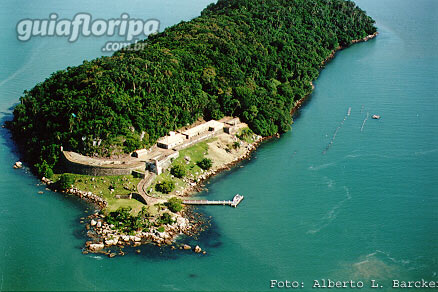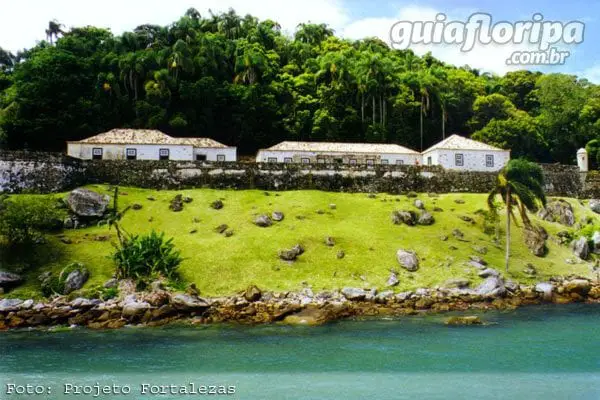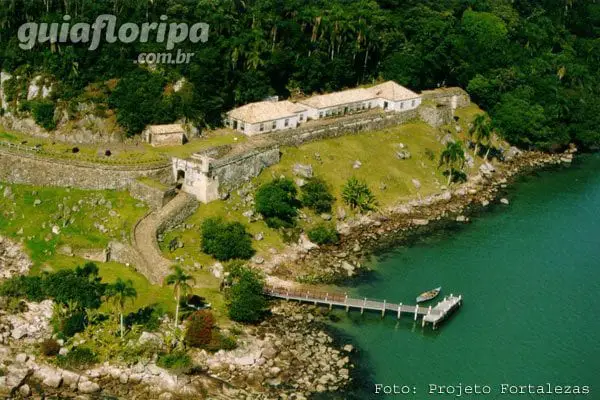The Ratones Islands are a set of two islands, located in the North Bay, between Ponta do Sambaqui and Pontal da Daniela.
The larger of the two islands, called big rat, measures approximately 620 m in length in the north-south direction and has a preserved natural landscape, formed by remnants of the Atlantic Forest. On its north side, it has a small pier that serves to disembark tourists visiting the Fortress of Santo Antônio de Ratones.

The rest of the island is occupied by the forest, which serves as a shelter for a great diversity of animals, and by rocky shores. At the southern end of the island there is a group of rocks that are very popular with fishermen and divers. The island also has a trail intended for ecological tourism and environmental education, but its use is only allowed with the presence of accredited environmental drivers.
ADVERTISING
Further south, about 700 m away, is the island little mouse, which measures about 412 m in a north-south direction. Entirely taken by the Atlantic Forest and surrounded by rocky shores, it has only two small beaches, one on the west side, facing the continental side, and another on the east side, facing the Sambaqui Beach. Despite having a water source, on the island there are no houses and the place only serves as a temporary shelter for fishermen. Access is allowed, but limited to private or tourist boats, as there is no transport to these islands.

History
At the beginning of the 1504th century, Santa Catarina Island was visited by European navigators of different nationalities: Binot Palmier de Gonneville (1514), Nuno Manuel and Cristóvão de Haro (1515), Juan Diaz de Sólis (1516), Aleixo Garcia, a survivor from a shipwreck to the south of the island (XNUMX), Rodrigo de Acuña and Sebastião Caboto. But it is attributed to the Spanish explorer Alvar Núñez Cabeza de Vaca, in 1541, the baptism of the Ratones Islands (Rato Grande and Raton Pequeno), as seen from afar, they resemble the shape of a rat - very abundant in the holds of ships at that time.
The Building of the Fortress
The defense of Santa Catarina Island was considered difficult, due to the many beaches and coves it had. It was only in the XNUMXth century that Portugal decided to build fortifications to protect this territory and, for this, highlighted Brigadier Silva Paes. However, even though he had received from the King of Portugal the task of building only a single fortification on the Island of Santa Catarina, Silva Paes designed three fortresses to guard the access to the North Bay: Santa Cruz (1739), on the Island of Anhatomirim, Sao Jose da Ponta Grossa (1740), on a point of land to the north of Santa Catarina Island itself and St. Anthony (1740), on the island of Raton Grande, further inland.

The construction techniques used did not differ from those used in civil construction at that time. Stone and lime masonry predominated, both in the construction of walls and buildings. As manpower, the work of craftsmen was used, complemented by the slave labor of Indians, blacks, and, sometimes, also members of the troops.
Who can help to get to know Ratones Island:
- Tours and Boat Rental Companies
Know more about Santa Catarina Island Fortification System



